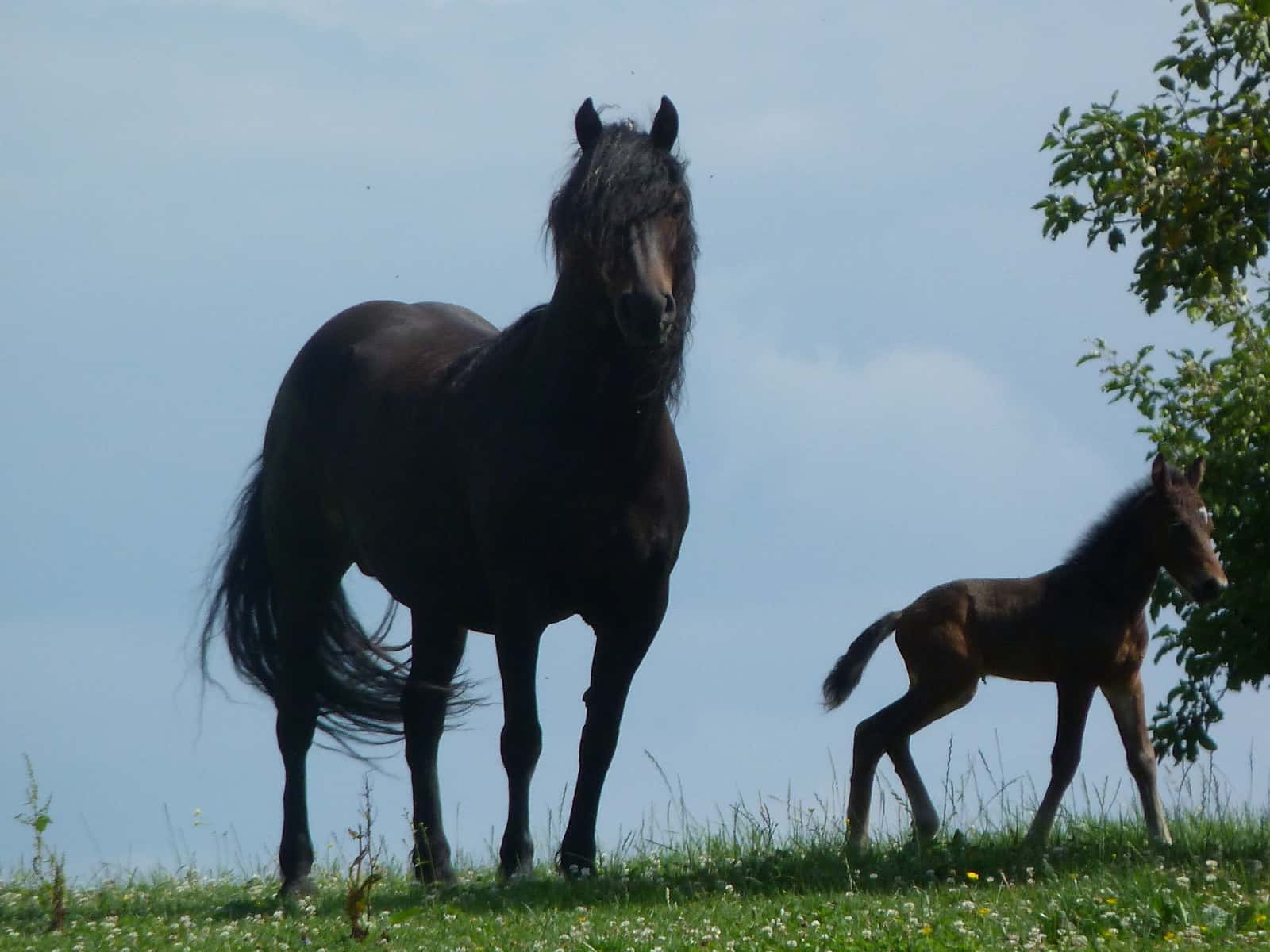Saving the Bardigiano Horse

When you’ve got a great horse breed—especially an uncommon one—you have to save it.
That’s what Italian researchers say about the “friendly” and “robust” Bardigiano horse, a native breed with only a few thousand animals in existence. Unfortunately, its small population has led to risky levels of inbreeding that threaten the breed’s long-term existence. But with scientific studies and a research-based breeding program in place, researchers believe the Bardigiano can be saved.
“Bardigiano horses, with their distinct docile and friendly temperament and excellent resilience, carry remarkable genetic material which must not be lost,” said Michela Ablondi, PhD, of the University of Parma Department of Veterinary Science
Create a free account with TheHorse.com to view this content.
TheHorse.com is home to thousands of free articles about horse health care. In order to access some of our exclusive free content, you must be signed into TheHorse.com.
Start your free account today!
Already have an account?
and continue reading.

Written by:
Christa Lesté-Lasserre, MA
Related Articles
Stay on top of the most recent Horse Health news with














